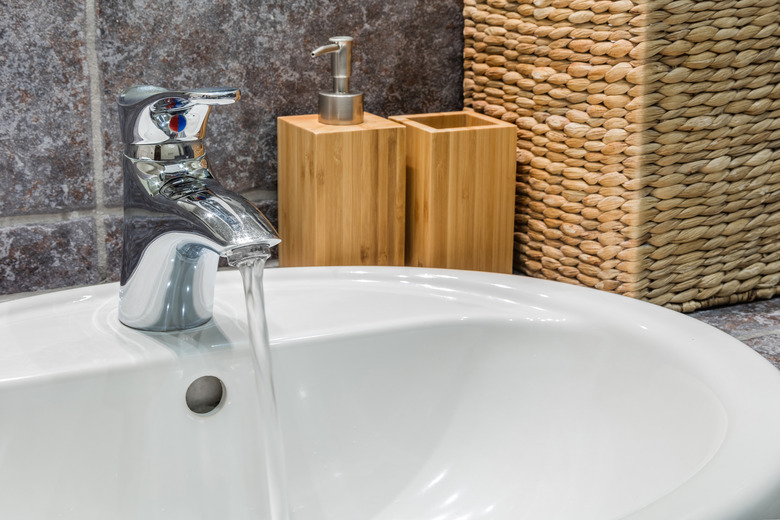What Can Be Used To Dissolve Silicone Caulking?
Silicone caulk is tough stuff, and it's at its toughest when you're trying to remove it. The onerous job of getting silicone caulk off of anything begs for a chemical helper that can dissolve it without damaging the substrate to which it's clinging. There are products out there that will do something like that, and there are also a number of solvents that can make removal easier by swelling the caulk.
None of the commercial products designed to remove silicone caulk that you see at the store will dissolve silicone. They do loosen its grip, though, and that's better than nothing. A number of solvents you already have around the house can do the same thing. The products that dissolve silicone — actually, they digest it — can harm wood and other materials, so they aren't as widely available.
Why Is Silicone Caulk So Tough?
Why Is Silicone Caulk So Tough?
The chemistry behind silicone caulk is a little complicated. The primary elements, silicon and oxygen, form a backbone chain called a siloxane polymer, which combines with other elements, such as carbon and hydrogen, to form a complex matrix. Depending on the elements that combine with the siloxane polymer, silicone can be processed into a number of solid and liquid forms.
The polymer chains cross link when the caulk cures, and that's a process that can't be undone. Think of cured polyurethane, which also consists of a network of cross-linked polymers. No solvent will dissolve polyurethane, and the same is true of silicone caulk.
A Silicone Solvent Actually Digests Silicone
A Silicone Solvent Actually Digests Silicone
When a solvent dissolves a solute, it breaks the solute into atoms or molecules that can disperse in the solvent. The cross-linked bonds of silicone caulk are too strong to dissolve in this way, but some chemicals can cleave the siloxane bonds and break the long polymer chains into smaller molecules.
This is more digestion than it is dissolution. Digested silicone caulk doesn't create a solution, but it does emulsify, much as fats do in water. For the purpose of getting silicone caulk off your sink backsplash, this is just as good.
Using a Digester to Remove Silicone Caulk
Using a Digester to Remove Silicone Caulk
A number of manufacturers market silicone digestants. Dicone NC6 is one such product. It comes in one- and five-gallon containers, and it's suitable for use on:
- Ceramic
- Masonry
- Glass
- Plastic
- Metal
- Most synthetic and painted surfaces
It isn't recommended for use on finished or unfinished wood. It also attacks nylon finishes on building surfaces.
You should use this silicone digester and others like it only in dry conditions. Apply it to the caulk you want to remove, let it sit for about 20 minutes and then apply more. Continue until the caulk has broken free from the surface and then remove the caulk and rinse the area with water.
The Best Way to Remove Silicone
The Best Way to Remove Silicone
Silicone digestants aren't common. Most painters and handy people rely on brute force to remove silicone caulk. They cut it with a sharp knife and pull it off and then use the knife or a razor scraper to scrape off the residue.
A store-bought silicone solvent generally works by expanding the caulk, which helps loosen the bonds holding it to the surface to which it's clinging. Vinegar and isopropyl alcohol will also do this. The best way to remove silicone caulk short of using a digestant is to treat it with a silicone sealant remover, WD-40, vinegar or alcohol, wait for it to soften and then attack it with a knife or paint scraper.
